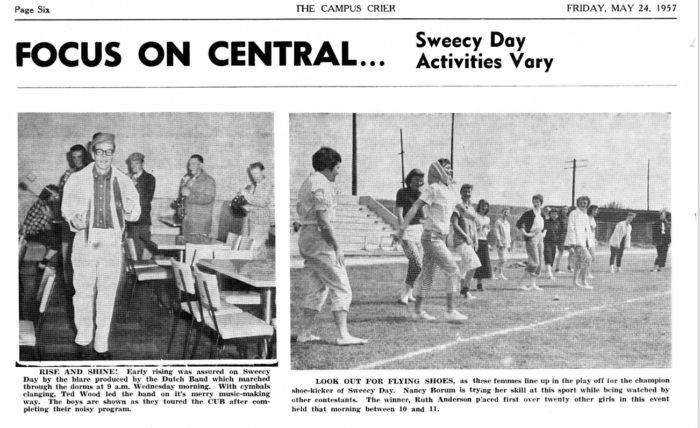
Campus Crier feature on Sweecy Day, May 1957
Sweecy Day, which eventually grew into a weekend-long event, was a campus-wide celebration held each May that included pig-wrestling contests, a dance, the coronation of Sweecy Day Queen and King, a carnival, a sweepstakes, sack races, movies, egg-throwing contests, potato-rolling contests, wheelbarrow races, three-legged races, a shoe kick, tennis matches, softball games, men’s and women’s track meets, and a turtle race (called the “Turtle Trudge”).
The name for the event was a phonetic pronunciation of the school’s initials at the time, which were CWCE (Central Washington College of Education). It was created in 1948 to replace an annual all-college picnic previously held each spring quarter.
The picnic, traditionally held at the Swauk Recreation Area (now called Swauk Campground), had apparently become increasingly difficult to manage off-campus, so the university and student government came up with an alternative, Sweecy Day, that would be held on campus.
To sweeten the pot, Sweecy Day was scheduled on a school day in late May, with students allowed to take the day off from classes to attend.
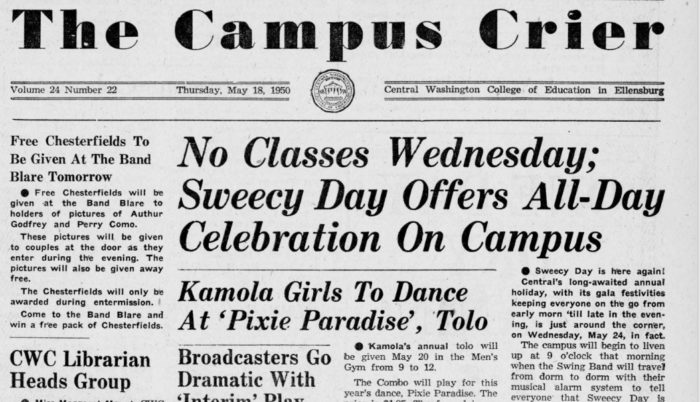
Sweecy Day was a school holiday
The event was an immediate success, with the Campus Crier student newspaper noting, “Sweecy Day replaced the picnic usually held at the Swauk Recreation Area. It was so well received and so many participated that it is planned to make Sweecy Day a regular annual function on CWCE’s campus.”
In subsequent years, Sweecy Day evolved so that by the late 1950s, it included a talent show, ping pong tournament, chariot races, and a pancake breakfast, and by the ‘60s, it had become a weekend long event—no more day off of school before finals week—that encompassed a greased pole climb and a rodeo with wild steer riding, cow milking, a greased pig chase, and a calf scramble.
The event, however, had also become a bit of a problem for the university as some participants began to view it as an excuse to overindulge in alcoholic beverages and engage in bad behavior.
“I hope everyone will be as concerned about their behavior on Sweecy Day as they were last year, so it will be a success,” said Don Wise, CWCE’s Dean of Men in a May 17, 1968 Campus Crier story. The article also noted that two years prior “several drunken students were causing a disturbance and were asked by Jame Quann, former dean of men, to tone down their behavior. The students retaliated with a punch in the jaw to Dean Quann.”
In April 1970, CWU President James Brooks expressed deep concerns about the continuation of the event because of problems with drinking and unacceptable behavior.
Appearing before the Associated Student Council, which provided the funding for Sweecy Days, Brooks expressed “deep concern about what could develop from Sweecy Weekend,” according to the April 10, 1970 issue of the Campus Crier.
“Dr. Brooks gave a short history of Sweecy, saying that it started in 1947 as a constructive activity. It has gradually lost its constructive direction since then and Dr. Brooks stated that since he has been here, eight years, ‘Things (have) started going to hell,’” the paper continued.
The president said Central is known as a “party school by many” and such a reputation isn’t viewed as a good thing by graduates of the school by potential employers. He said a large part of that reputation was because of Sweecy Days. Several student government officials noted that Central students were not the problem but outsiders who were coming to campus to party.
Under pressure from university administration, the ASC first voted 10-9 to continue hosting Sweecy Days, then reversed itself a week later.
The vote marked the end of an event that had lasted for more than two decades.

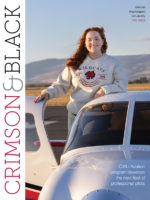
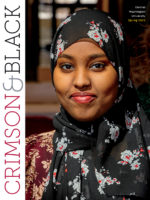
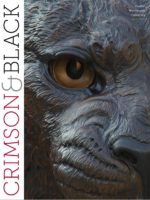
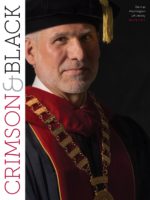
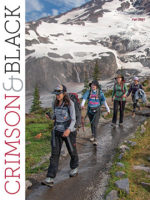
comments powered by Disqus